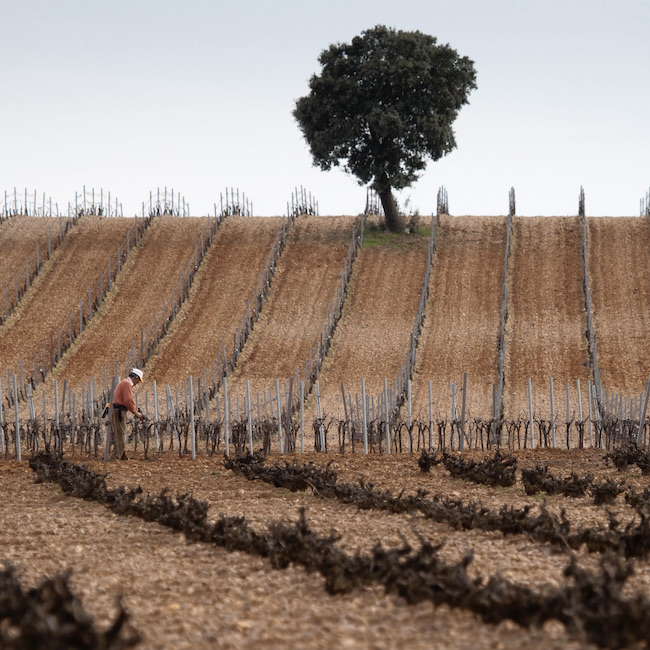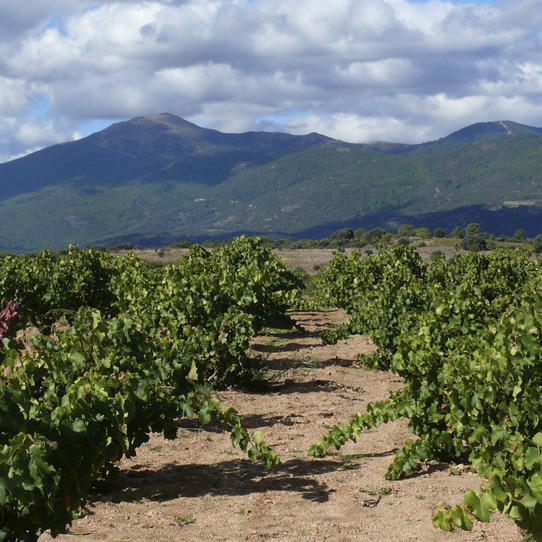By Peter McCombie MW.
.png.transform/rendition-xs/image_image%20(1).png)
By Peter McCombie MW.
Garnacha is shaking off its work horse reputation in Spain. Even though it only represents 7% of planting, it was seen as ubiquitous, certainly in northeast and central Spain.
Garnacha is shaking off its work horse reputation in Spain. Even though it only represents 7% of planting, it was seen as ubiquitous, certainly in northeast and central Spain. Its association with Rioja Baja means that it was perceived – unfairly – as inferior and only considered useful in supporting the apparently far more aristocratic Tempranillo in blends.
Some glory attached itself to Garnacha, firstly outside of Spain with Grenache’s role in Châteauneuf-du-Pape blends in particular, and later in Spain with the revival of Priorat. In many cases, the best quality Garnacha fruit came from vines that shared two features: they were old and they grew at altitude.
The Garnacha Históricas Project in Campo de Borja aims to highlight the importance of these two features. Garnacha represents a chunky 57% of vine plantings in the DO. The oldest vineyards date back to 1145 and more than 2,000 of the 5,000 hectares of Garnacha planted are between 30 and 50 years old.
Campo de Borja has a long history of vine growing, stretching back to Roman times, but only relatively recently has it gained a reputation for high quality wines made from Garnacha.
The Denominación de Origen Protegida of Campo de Borja is in the northwest of the province of Zaragoza in Aragón. The area represents a transitional zone between the mountains of the Sistema Ibérico running southeast to northwest and the plains of the River Ebro. The climate is continental, with oceanic Atlantic influence during the winter and Mediterranean influence during the summer. The temperature varies a great deal, both daily and seasonally. Rainfall is low, ranging from 350 mm annually to 450 mm.

There are three zones within Campo de Borja, which run in more or less parallel bands, between the Ebro and the mountains. Closest to the river is the lowest area, which is between 350 and 450 metres above sea level, with brownish-grey limestone soils. Here Garnacha matures earliest; the wines are warm, powerful and very aromatic.
The middle area includes vineyards situated between 450 and 550 metres above sea level which have the largest concentration and density. Soils are stony and ferrous-clay, on gentle slopes with good exposure to the sun. Here the wines are complex, intense, structured and fleshy.
The highest area, in the foothills of the Moncayo mountain sees vineyards from 550 to 700 metres above sea level, producing wines that are fine, subtle and elegant.
I’ll be talking about the Garnacha Históricas project and showcasing a range of exciting Garnachas from high and old vineyards at the Wines from Spain Annual tasting on 28th February. Come and see what the excitement is about!
To find out more click here.
